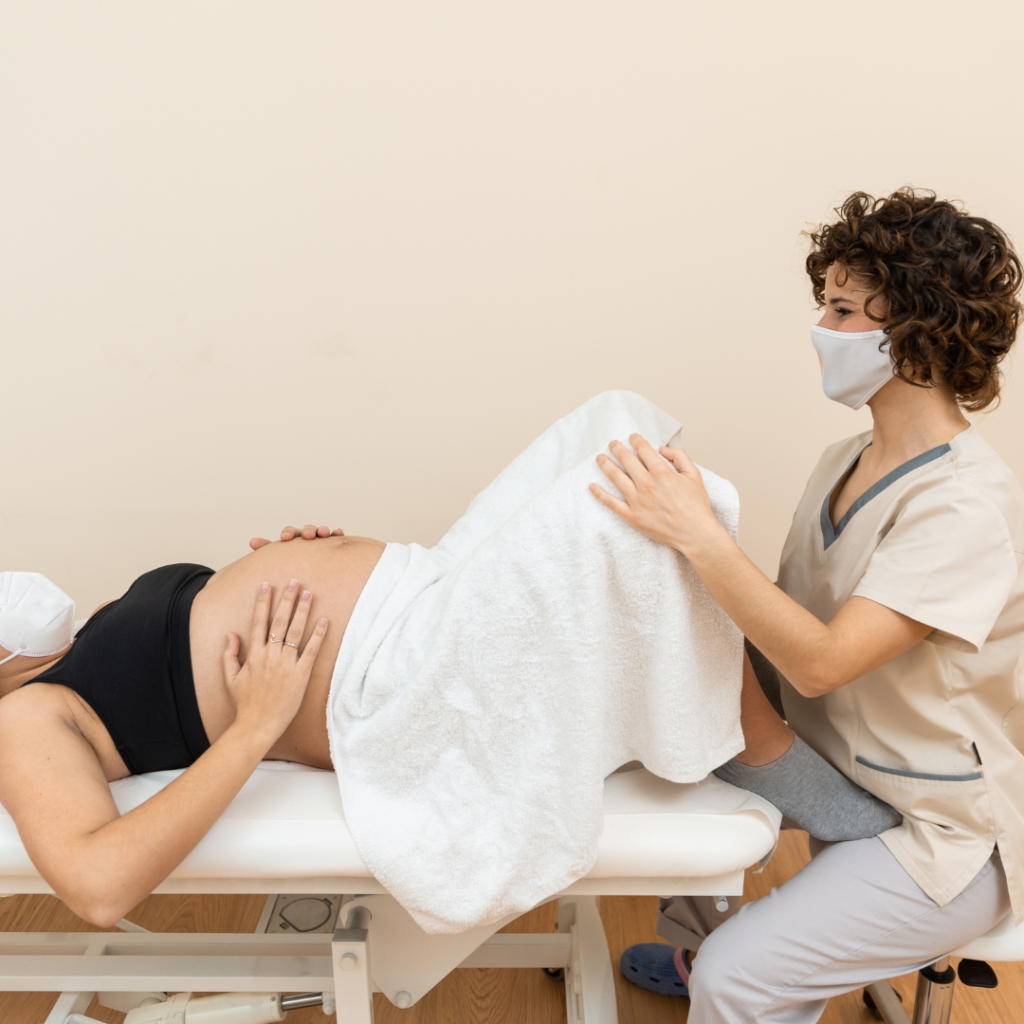Billing Inquiries: 516-673-4706
1 HOLLOW LANE, SUITE 315, LAKE SUCCESS, NY 11042

Why Are C-Sections Performed?
Why Are C-Sections Performed?
It is always important to prepare yourself for the possibility of a C-section when you are pregnant. Cesarean delivery or a C-section is performed to deliver a baby through surgical incisions in the abdomen and uterus. The abdominal incision is either a vertical incision between your navel and pubic hair or, more commonly, a horizontal incision lower on your abdomen. After the abdominal incision, the health care provider will make another low transverse incision in the uterus. Many times a C-section is performed to avoid any complications during pregnancy. Suppose you have a history of early pregnancy complications such as ectopic pregnancy or multiple miscarriages. In that case, Women4Women offers management of all pregnancies uncomplicated to high risk from our obgyn in New Hyde Park, New York.
Why Are C-Sections Performed?

The need for a first-time C-section isn’t clear until after labor starts. So why are C-sections performed? If you are aware of any complications prior to giving birth, a C-section will very likely be performed. Some women might request a C-section to avoid labor or the possible complications of vaginal birth, and those women who had a C-section might have another C-section. Before considering a natural birth, our ob-gyn in New Hyde Park will recommend what is best for you during pregnancy and has the answer for any complications. Many other complications during pregnancy can lead up to your approval for a C-section shown below.
- Labor isn’t progressing normally- Labor dystocia is one of the most common reasons for a C-section. Issues with labor include prolonged first stage (prolonged dilation or opening of the cervix) or prolonged second stage (prolonged pushing after complete cervical dilation).
- The baby is in distress- Changes in a baby’s heartbeat.
- Unusual position- Babies whose feet or buttocks enter the birth canal first or babies whose sides or shoulders come first.
- You’re carrying more than one baby– Women holding twins, triplets, or more. Also, If labor starts too early or the babies are not in a head-down position.
- Placenta problem- If the placenta covers the opening of the cervix.
- Prolapsed umbilical cord- A loop of umbilical cord slips through the cervix in front of the baby.
- Health concerns– Women with health issues, such as a heart or brain condition.
- There’s a blockage- A large fibroid blocking the birth canal, a pelvic fracture, or a baby with the condition that can cause a large head.
- Previous C-section or other surgery on the uterus– Although it’s often possible to have a vaginal birth after a C-section, your health care provider might recommend a repeat C-section.
Risk Factors
Although it is safe for doctors to perform a C-section, every surgery can come with a risk or effect depending on the complication. More risks can occur for the mother than the baby; it is important to be aware of complications that can occur after your procedure for the safety of the baby and yourself; before choosing how your baby is going to be delivered, consult with a healthcare provider about how to prepare and what to expect during C-sections. Even for a planned vaginal birth, it is important to prepare for the unexpected. Discuss the possibility of a C-section with your health care provider well before your due date. Consult our ob-gyn in New Hyde Park for management and risks of all pregnancies to ensure your baby’s delivery is safe. A few risks that can occur after a C-section are listed below for mothers and babies.
Baby Risk Factors:
- Breathing problems in babies– Babies born by scheduled C-section are more likely to develop a breathing issue that causes them to breathe too fast for a few days after birth.
- Surgical injury– Can accidentally nick the baby’s skin during surgery.
Mother risk factors:
- Infection– infection on the uterus lining (endometritis), in the urinary tract, or at the incision can occur after surgery.
- Blood loss- Heavy bleeding during and after delivery.
- Anesthesia– Reactions to different anesthesia are possible.
- Blood clots– Risk of developing a blood clot inside a deep vein, especially in the legs or pelvis. The damage can be life-threatening if a blood clot travels to the lungs and blocks blood flow.
- Surgical injury- Surgical injuries to the bladder or bowel can occur during the procedure.
- Future pregnancies/surgery– Having a C-section increases the risk of complications in later pregnancy and other surgery. The more C-sections, the higher the risk of the placenta becoming attached to the uterus wall and can tear if vaginal delivery is used for future pregnancies.
Request an Appointment with our obgyn in New Hyde Park
At Women4Women, we offer management of all pregnancies, uncomplicated to high-risk. If you have a history of early pregnancy complications or multiple miscarriages, you should schedule an appointment with us sooner. Contact our obgyn in New Hyde Park today!

